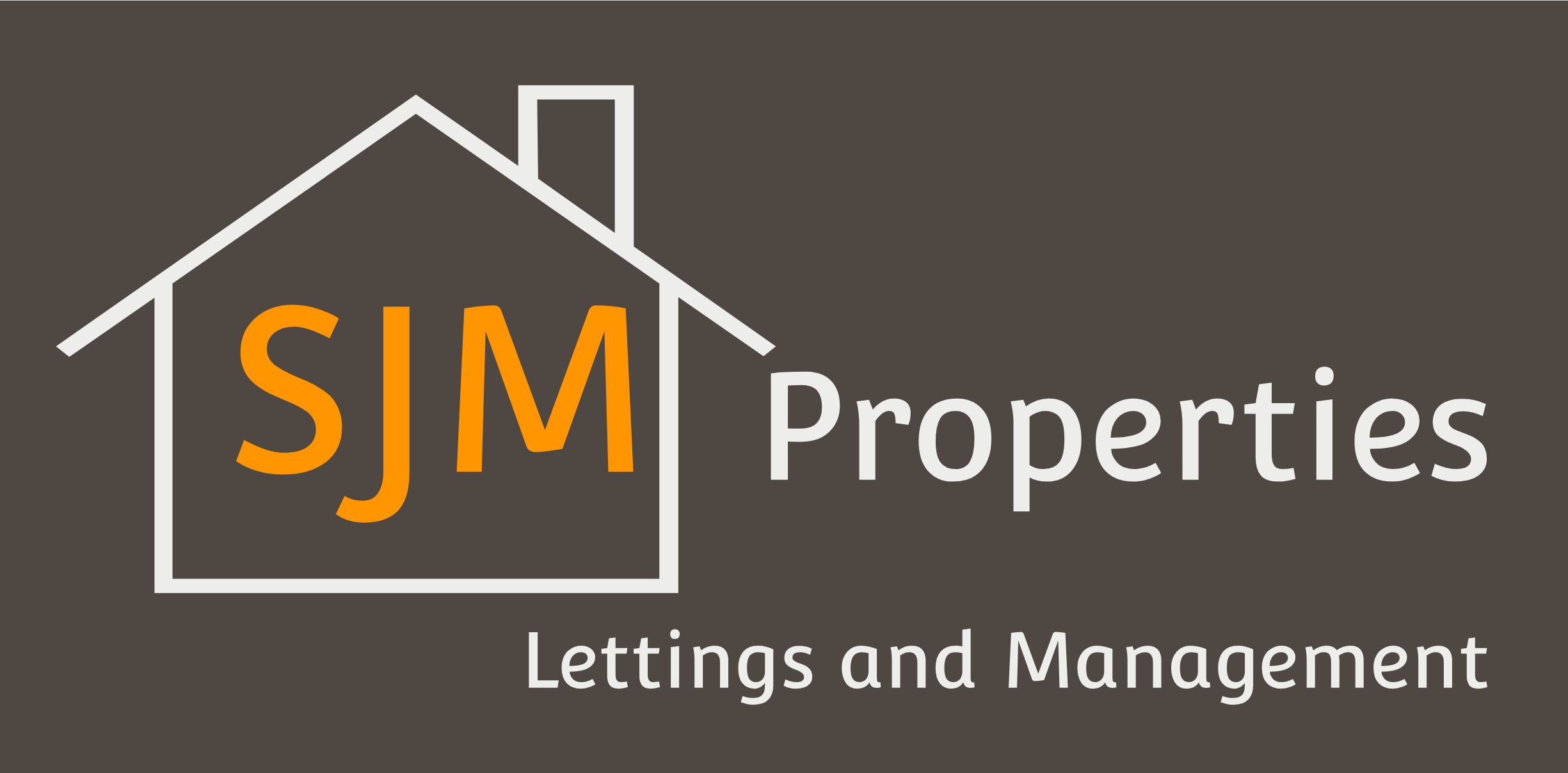Pest Control
In UK lettings, responsibility for pest control can depend on various factors, including the terms of the tenancy agreement, the nature of the pest problem, and whether the infestation is due to the tenant's actions or pre-existing conditions.
Please find below details of scenarios in which either landlord or tenant would be responsible:
Landlord Responsibilities
Pre-Existing Infestations: If pests were present before the tenant moved in, it is the landlord's responsibility to address and eliminate the infestation.
Structural Issues: If the pest problem is a result of structural issues such as holes in walls, broken windows, or other forms of disrepair, the landlord is responsible for fixing these issues and dealing with the resulting pest problem.
Hygiene Standards: Landlords must ensure that the property meets basic health and safety standards. The Housing Act 2004 states that landlords are responsible for ensuring that their properties are free from serious health hazards, which include pest infestations (The Housing Act 2004). Furthermore, if infestations are a consequence of the property not meeting these standards in the initially (e.g., rubbish build-up due to insufficient waste disposal facilities), the landlord is again, responsible for pest control.
Common Areas: In multi-occupancy buildings, the landlord or managing agent is typically responsible for pest control in common areas such as hallways, staircases, and shared kitchens.
Tenant Responsibilities
Cleanliness and Hygiene: Tenants are generally responsible for maintaining cleanliness and hygiene within their rented property. If an infestation occurs due to poor hygiene or lack of cleanliness (e.g., leaving food out, not taking out the rubbish), the tenant may be held responsible for pest control.
Prompt Reporting: Tenants should report any pest issues to the landlord or letting agent promptly. Failure to do so may shift some responsibility to the tenant, especially if the delay exacerbates the problem.
Tenancy Agreement Clauses: Tenants should refer to their tenancy agreement, which may include specific clauses related to pest control. Some agreements may place additional responsibilities on tenants, such as periodic pest prevention measures.
In summary, while landlords are responsible for pre-existing infestations and pests caused by structural issues, tenants must maintain cleanliness and report any pest problems promptly. It would be advisable for both parties to consult their tenancy agreement and local laws to understand their specific responsibilities.
The Housing Act, 2004. Available at: https://www.legislation.gov.uk/ukpga/2004/34/section/1


 by
by 

Share this with
Email
Facebook
Messenger
Twitter
Pinterest
LinkedIn
Copy this link